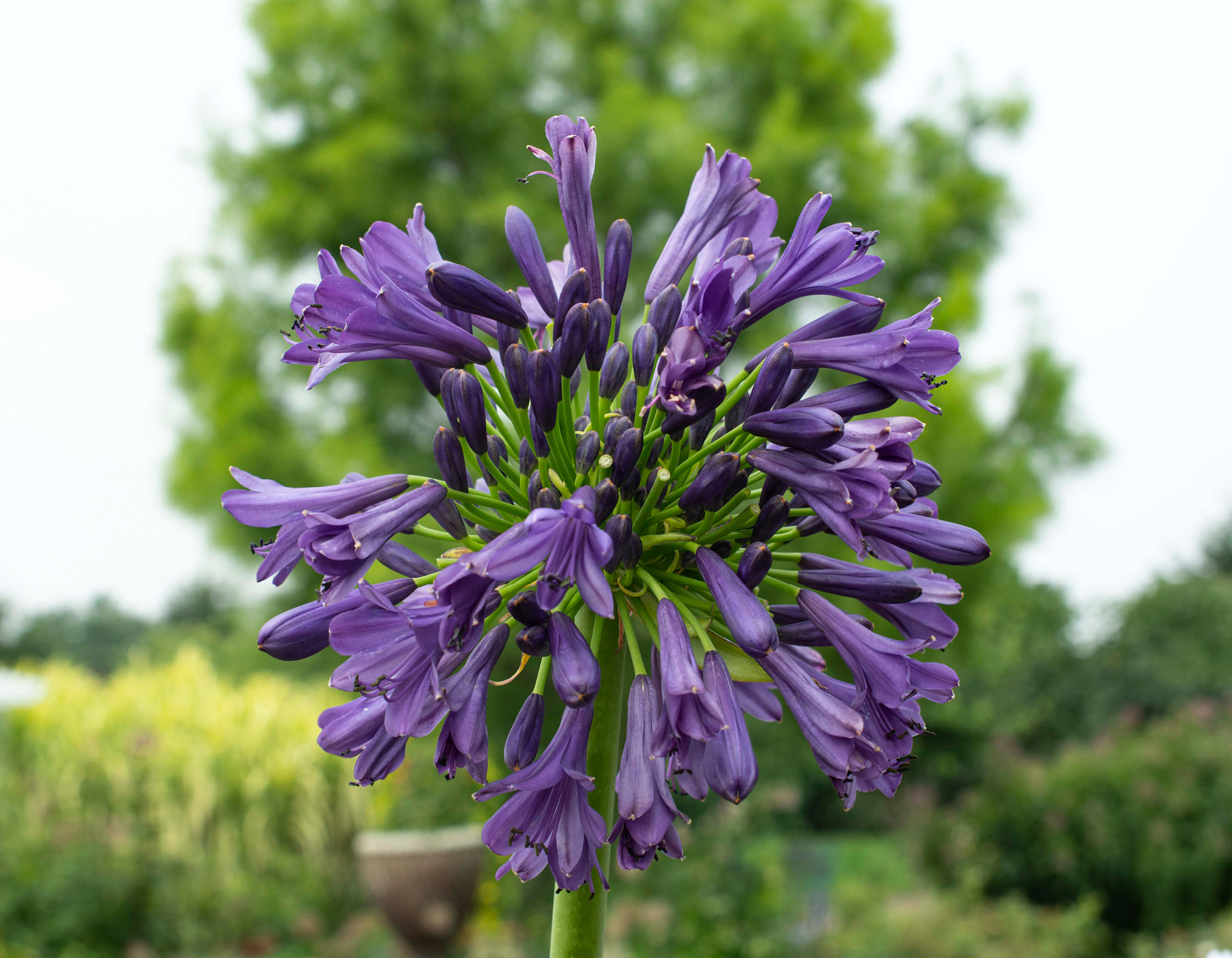Agapanthus Growing Problems: Soil, Sunshine, and Watering
Agapanthus Growing Problems: Soil, Sunshine, and Watering
Blog Article
Mastering the Art of Agapanthus Treatment: Important Steps for Healthy And Balanced Growth and Lively Blossoms
In the world of gardening, the growing of agapanthus stands as a gratifying endeavor for those that look for to nurture these stylish flowering plants. From picking the ideal range to mastering pruning methods, the trip towards growing thriving agapanthus plants is multifaceted and holds the key to opening the complete potential of these agricultural treasures.

Picking the Right Agapanthus Range

When selecting the right Agapanthus variety for your yard, think about variables such as environment suitability, flower color, and development habit. In addition, take into consideration the climate in your region to ensure the Agapanthus selection you select can flourish in your particular problems. Understanding the development practice of different Agapanthus selections is important for proper positioning within your garden.
Ideal Growing Conditions
Considering the optimum ecological demands is important for successful Agapanthus cultivation. Agapanthus plants are sensitive to chilly temperatures and need to be safeguarded from frost during wintertime months.
To ensure healthy and balanced development and lively flowers, plant Agapanthus bulbs at a depth of about 2-4 inches and room them 8-12 inches apart. Mulching around the base of the plants aids retain wetness and subdues weed development.
Watering and Fertilizing Tips
Maintaining proper moisture levels and supplying vital nutrients are essential elements in the care program for Agapanthus plants. When it comes to watering Agapanthus, it is critical to strike an equilibrium. These plants like constantly damp dirt but are susceptible to root rot if overwatered.
Fertilizing Agapanthus is important for advertising healthy and balanced growth and respected blooms. Apply a well balanced fertilizer, such as a 10-10-10 formula, in the early spring as new development arises. By following these watering and fertilizing suggestions, you can guarantee your Agapanthus plants flourish and create vibrant, durable flowers.
Trimming Techniques for Agapanthus
Pruning Agapanthus plants at the appropriate times and with appropriate techniques is important for maintaining their health and advertising optimal development and flowering. The suitable time to prune Agapanthus remains in late winter season or very early spring before brand-new growth emerges. Beginning by removing any kind of yellowing or dead leaves near the base of the plant. Cut them as close to the ground as feasible without harming the emerging shoots.
Deadheading invested blossoms can additionally reroute the plant's power into creating more blossoms rather than setting seeds. If you desire to collect seeds for proliferation, leave some blossoms to dry and fully grown on the plant.
Bear in mind to use clean, sharp devices to make specific cuts and decrease the danger of introducing conditions. Agapanthus. Normal pruning will certainly assist maintain your Agapanthus looking cool and healthy while making certain an abundant display of beautiful blooms
Managing Typical Insects and Illness
After making certain proper trimming strategies for Agapanthus, it is necessary to address usual parasites and illness that can influence the health and wellness and vitality of these plants. Agapanthus plants are usually sturdy but can still come down with certain issues. One typical insect that affects Agapanthus is the Agapanthus gall midge. This little, orange fly lays its eggs in the vegetation, causing altered growth article source and blossom buds that fail to open up. To battle this parasite, prune and destroy any kind of damaged plant parts and take into consideration making use of insecticidal soap.
Another typical problem is fungal fallen leave spot, which offers as dark sores on the leaves. To protect against fungal conditions, make sure excellent air flow around the plants, prevent overhead watering, and eliminate any kind of contaminated fallen leaves quickly. Furthermore, Agapanthus plants can struggle with origin rot if they are planted in inadequately draining pipes soil. To avoid this, plant Agapanthus in well-draining dirt and prevent overwatering. helpful hints By being watchful and taking punctual action versus illness and bugs, you can assist your Agapanthus plants thrive and produce dynamic flowers.

Final Thought
In final thought, understanding the art of agapanthus care includes selecting the ideal range, providing ideal planting problems, appropriate watering and fertilizing, ideal pruning strategies, and addressing usual parasites and illness. By adhering to these essential steps, you can make sure healthy growth and vivid blooms for your agapanthus plants. Keep in mind to consistently keep an eye on and preserve your plants to promote their total well-being and durability.
To ensure healthy and balanced growth and vivid flowers, plant Agapanthus bulbs at a deepness of about 2-4 inches and room them 8-12 inches apart. By following these watering and feeding ideas, you can ensure your Agapanthus plants prosper and generate vibrant, long-lasting blooms.
One typical parasite that impacts Agapanthus is Get More Info the Agapanthus gall midge. In addition, Agapanthus plants can experience from origin rot if they are planted in inadequately draining pipes soil. By complying with these vital actions, you can make sure healthy development and vivid blossoms for your agapanthus plants.
Report this page